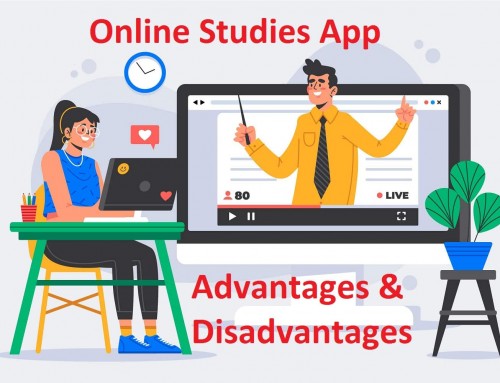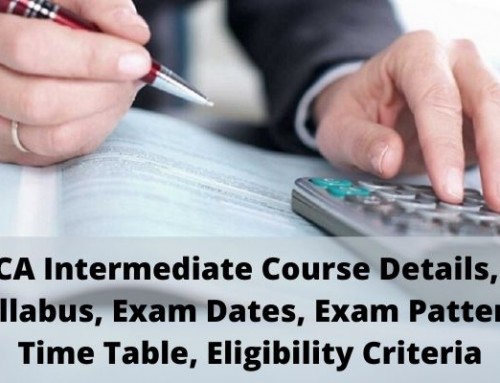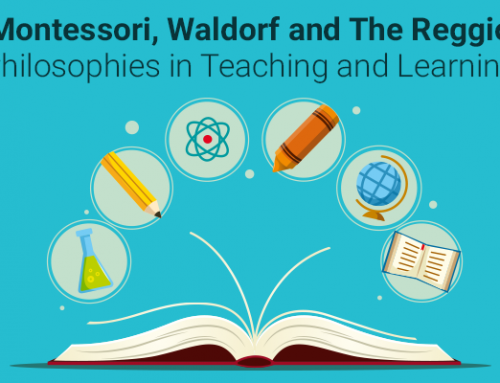Attend a Special CPLC Workshop on ‘Changes in MBA-CET paper pattern and it’s implications on Test-taking’ on Sat, 5-Mar from 4.00-7.00 p.m. at WeSchool, Matunga Central. FREE Video Lectures of Visual Reasoning questions from Actual CET and 2 MockCET papers in the new format for everyone attending the Workshop.
Though the term syllogisms applies to Logical Set theory questions, somehow in the students’ mind the term has got associated with several other types of
questions. Generally students classify the following questions under “Syllogisms”: Logical Set theory, Conclusions, Inferences, Assumptions; Arguments;
Courses of Action; Cause- Effect; and Probably True/Probably False. All these may be correctly seen as verbal reasoning questions rather than syllogisms
questions.
This article tries to give some concepts and methodology to solve these questions, because classes and books are rather lacking in both, though practice
material abounds.
Logical Set theory
These questions ask you to identify a conclusion that follows through logical deduction from the given premises. In order solve these questions correctly
you need to merely understand the knowledge and ignorance dictated by the given data. For example, if the data is All X are Y – the knowledge
(certainty) is that Some Y are X. The ignorance inherent in the data is: we have no knowledge about whether there are or there aren’tY which are
not X. Hence the conclusion that follows from All X are Y is that Some Y are X – this also called the converse of the proposition All X are Y. Since we do not know whether there Y which are not X – a conclusion stating Some Y are not X does not follow form the
proposition. However, a conclusion All Y may be X follows because the possibility exists and the possibility is true. In CET what is true is your
answer and what is false or ‘can’t say’ is not your answer.
This may look complicated on the surface. However, when you understand that there are only 4 statements in Logic (called Categorical Propositions) that one
needs to analyse this way makes Logical Set theory questions child’s play. These statements are: 1. All X are Y 2. Some X are Y 3. Some X are not Y, and 4. No X are Y.
If you analyse Some X are Y, it gives the same conclusion as the first, or Some Y are X. Some X are not Y andSome Y are not X do not follow from this premise because their existence is merely a possibility. Some X may not be Y, and Some Y may not be X follow as possibilities, hence are accepted as conclusions. In other words, Some X are not Y is not your answer,
but Some X may not be Y is your answer.
Similarly, Some X are not Y does not yield any conclusion, but only possibilities. Some X may not be Y and Some Y may not be X
are the possibilities and are accepted as answers. The last of the categorical propositions No X are Y yields No Y are X. No
possibilities arise from this proposition.
Venn diagrams are a convenient method of visually representing the given data and can be used to verify your answer. Syllogisms questions are not limited
to merely three variables as explained above. There is always a third variable too. Hence a typical question May look like:
Some X are Y
, and No X is Z, hence Some Y are not Z. The conclusion in this question, Some Y are not Z, is true because whatever
relationship you establish between Y and Z there will always be some Y which are not Z, as there are some X’s which are Y, and No X is Z , and these Y (XY)
cannot be Z.
Conclusions
This article assumes that you are familiar with the format in which conclusion questions are asked in CET. You are given a couple of sentences or a very
short paragraph, which is called the Main Statements. The Main Statements are followed by two statements generally numbered as I and II. You need to
identify whether I alone is an inference that can be drawn from the main statements, or II alone is an inference, whether both are inferences, neither is
an inference, or they contradict each other (either is an inference).
Before trying to solve questions, let us try to understand what exactly a conclusion is, when the data presented to us is purely verbal. In the
examination, the instructions to these questions sometimes ask you to identify what is implicit, stated, or contrary to the main
statement. The word implicit is our key to what an inference means. What is implicit is not stated in the paragraph but understood. In other words, a conclusion is something that you understand by listening to somebody (or by reading) though it is not expressed by
the speaker or writer in so many words. That means in order to identify a conclusion you have to look for things that are not said, but what become true
indirectly once those words are said or written.
In our daily life we make conclusions all the time. For example, when I ask students why they are late for a lecture, most often the reply is “traffic
jam”. If one is late because of traffic jam, we understand that ‘the person travels by road’. Though this is not stated explicitly it has to be true if
traffic jam has caused his delay. Hence he or she travels by road is a conclusion that we can arrive at from the statement that “I was late because traffic
jam”. If a CET question has to be written from this data, it will most probably look like this:
Main statement: She was late for the class as she was caught in a traffic jam.
Conclusion: She travels by road.
A conclusion is definitely true if the given data is true; it is not explicit in the data (what is explicitly stated in the data; what is explicitly stated
is a restatement and not a conclusion. She was late for the class is a restatement. Conclusion that is something the listener conclusively arrives at by
listening to the speaker – it follows form the data that the speaker has presented.
Inferences
The difference between a conclusion and inference is that while a conclusion is definitely true an inference is only convincingly true. In other words, the
data supports the inference as a strong possibility that cannot be completely ruled out. This happens because the listener actively listening to a speaker
(Main Statements) arrives at certain decisions about the intentions of the speaker. These are inferences. In other words inferences are not clearly
revealed or fully developed by the speaker or writer but understood by the listener.
Or more elaborately an inference is based on the given data and remains true unless proved otherwise. The available data cannot contradict inferences. For
example, all scientific truths are inferences. When we say, ‘a carbon atom has six electrons’ – it based on several independent observations and
experiments. It remains true as long as some scientist disproves it. However, as long as new observation that contradicts this is not available, a carbon atom has six electrons remains true. It is an inference. You can think of other scientific truths and analyse further for clarity.
Assumptions
Assumption questions in competitive exams, more often than not, follow the format of the conclusions questions we saw earlier. If you have understood how
to identify a conclusion, you already know how to identify an assumption. The reason is that assumptions and conclusions are very similar. An assumption is
also what is implicit in the main statement. It is also, hence, the unstated part of the main statement which the writer and the reader take for granted,
leave unexpressed, and undeveloped. The truth of what is written or spoken will depend on the assumptions.
Now, try to uncover the assumptions behind my writing this article. As a reader you may say that the writer believes that “someone will read this article.”
The article is written assuming that someone will read it. The way we conduct ourselves in our day to day life – i.e. what we speak and write in the normal
course of daily living contain a lot many assumptions.
Wouldn’t the above qualify for a conclusion as well? Yes it would. That is because all assumptions are conclusions. However, the reverse is not true. If we
identify the exact assumption of the speaker it becomes an assumption as well as a conclusion. However, by analyse the data and come to our own conclusions
which may not be the speaker’s that conclusion is not an assumption. In other words, conclusions follow the data, assumptions precede the data. If, for
example, after reading this article you conclude that the syllogisms is difficult to understand – it is your conclusion , not necessarily the assumption
behind this article.
More elaborately, an assumption is different from a conclusion in that the assumption is true even before the main statement is made (Reasoning experts
call them a priori conditions) In other words, the truth of the main statement depends on the validity of the assumption. If the assumption is not
true the main statement cannot be made or will be meaningless. This is the only difference between a conclusion and an assumption.
Conclusion is necessarily true and is supported completely by the main statement after the main statement is made. An assumption is true even before
the main statement is made – in other words the main statement is based on the assumption.
To recapitulate conclusions, inferences, and assumptions, let us look at a sample question:
Statement: The railway authorities have decided to considerably increase the passenger fares of only the upper classes and marginally reduce the long
distance freight charges for the next financial year.
1. The upper class passengers may be able to afford the higher fares.
2. The railway authorities have the power to decide the fare structure.
3. There has been considerable reduction in freight load in long distance routes.
4. People generally prefer to travel in low cost airlines than by upper class railway routes.
5. None of these
Q1. Which of the above is an inference that can be drawn from the above statement?
Q2. Which of the above is a conclusion that can be made from the above statement?
Q3. Which of the above is an assumption which is implicit in the above statement?
Answer to question 1 is option 1. Answer to question 2 is option 2. Answer to question 3 is also option 1.
|
2009 |
2010 |
2011 |
2012 |
2014 |
2015 |
|
| Syllogisms |
25 Qs |
15 Qs |
6 Qs |
6 Qs |
11 Qs |
10-15 Qs |












